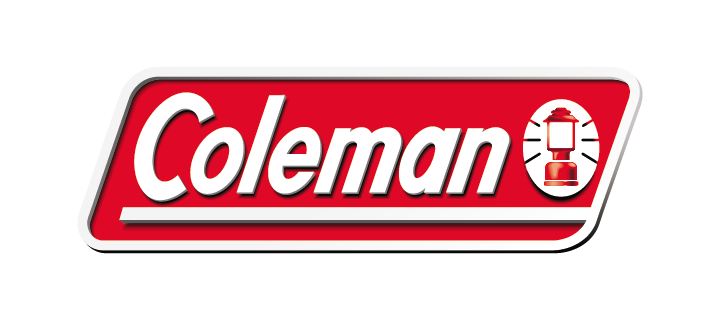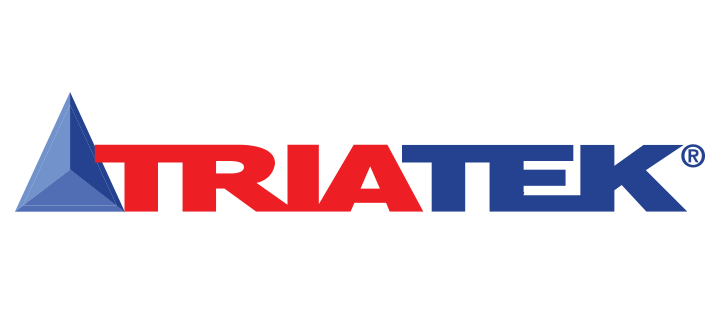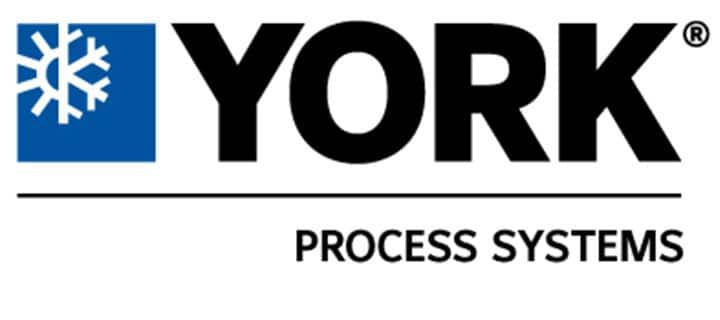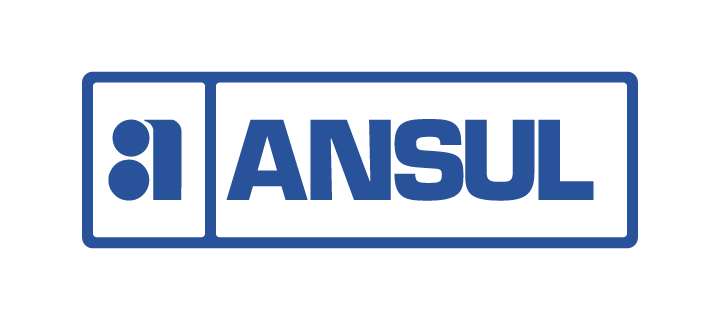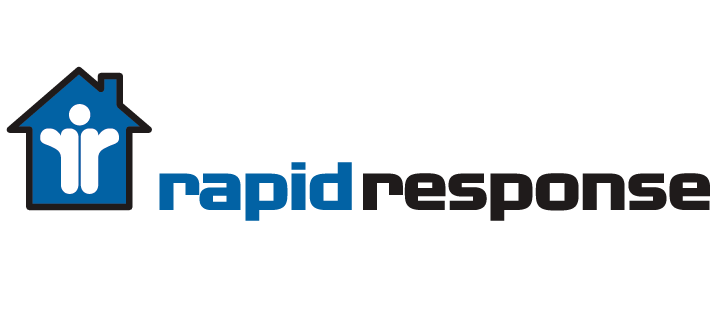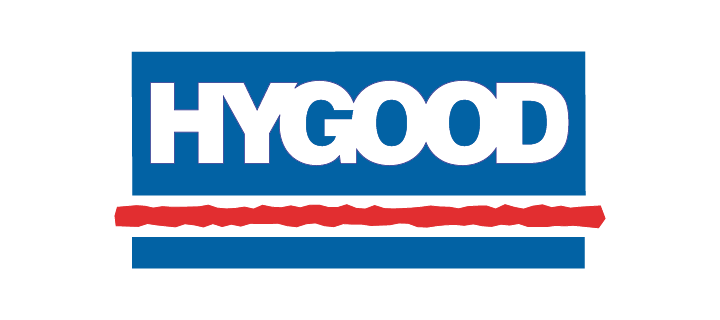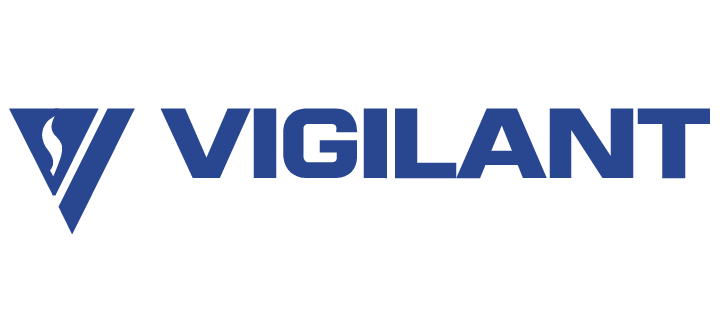U.S. Bureau of Land Management
Streamlined approach to small, distant buildings provides energy cost savings and meets executive orders
Federal energy efficiency escalates
Awareness of federal Executive Orders that require increased energy and water efficiency, reduced greenhouse gas emissions and sustainable federal facility operations means that agencies are anxious to develop comprehensive plans for their sites. Because agencies may have limited staff and expertise, they have begun to partner with energy services companies, such as Johnson Controls, to finance the projects, bundle management and streamline project execution. Using pre-qualified vendors on Indefinite Delivery, Indefinite Quantity (IDIQ) contracts means a simplified approach and reporting accountability. The Denver-based BLM National Operations Center (NOC) team was ahead of the pack as it created a far-ranging strategy in 2006. Through an ESPC, Johnson Controls has procured project funding based on anticipated energy and operational efficiencies for a three-phased approach.
In Phase 1, BLM implemented a project in two centrally located sites in Boise, Idaho. In Phase 2, Johnson Controls teamed with BLM to perform detailed energy surveys at about 10 percent of the field facilities in six western states. Based on this sampling, energy efficiency opportunities were generated for the specific Phase 2 sites, and a consistent approach was instituted to efficiently develop and implement energy savings based improvements at other BLM sites.
In general, BLM sites broke down into two areas:- Engineered sites - Large facilities that annually use more than $25,000 of electricity and natural gas. Johnson Controls implemented upgrades such as providing new boilers, air handlers, ground source heat pumps and HVAC controls; commissioning of existing energy management and control systems; replacing standard T12 and incandescent lighting with T8 and compact fluorescent lighting; and installing occupancy sensors.
- Prescribed sites – Small, remote facilities scattered throughout the West that annually use between $1,000 and $5,000 of electricity. These sites received programmable thermostats, replacement of standard T12 and incandescent lighting with T8 and compact fluorescent lighting, and occupancy sensors. To minimize costs an installation team and a truck equipped with ladders, tools, lighting fixtures, occupancy sensors, and programmable thermostats travelled from site to site. While at the location, the team then completed the installation, commissioned the systems and closed out the site specific project before moving onto the next area. The process eliminated the need to revisit the site, thus keeping costs low.
The team was honored with a 2007 Presidential Award for Leadership in Federal Energy Management for its efforts in the first two phases.
Focus on renewables
With President Obama’s goal for the country to generate 25 percent of its energy from renewable resources by 2025, a third phase of the project focused on photovoltaic and wind energy. A six-year, $18.5 million ESPC provided additional energy conservation measures, including nearly one megawatt of renewable energy power. Besides being one of the largest renewable projects under a federal ESPC, the project used ARRA dollars to augment the energy savings. This phase included two especially noteworthy renewable elements:
- Photovoltaic – The Anasazi Heritage Center in Cortez, Colorado has an impressive solar array with 400 panels divided between a 100-kilowatt solar garden and 38 kilowatts of photovoltaics on the roof. The new roof was installed in conjunction with the ESPC project, thus providing a much-needed facility upgrade. The project’s goal is to produce at least 60 percent of the power needs from solar energy for the 40,000-square-foot building. Excess power feeds into the local power grid.
- Wind Power – A new 120-foot wind turbine at the BLM Field Office in Rawlins, Wyoming has blades 70 feet in diameter and is rated at 100 kW with an estimated output of 300,000 kW hours per year.
A variety of employee engagement activities through onsite interactive energy-tracking kiosks have expanded the impact as BLM’s sustainable strategies and are marketed in the site’s community. Perhaps most important, a rigorous measurement and verification process and multi-state energy tracking and metering system has been developed. Energy consumption and generation is calculated at larger sites so BLM can better manage its energy usage and effectively communicate its progress to the individual sites, agency, Congress and the public.






